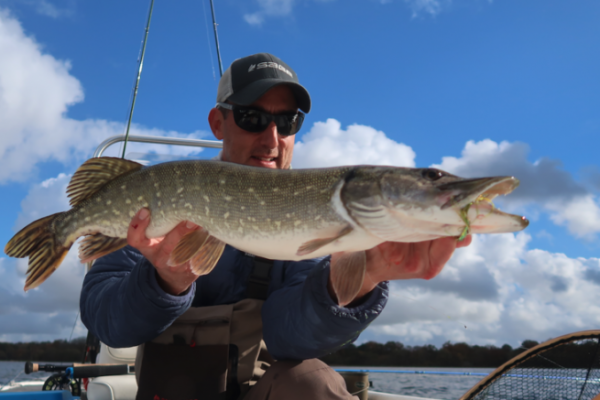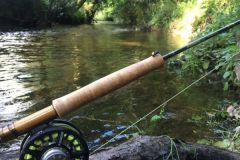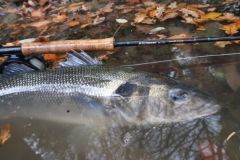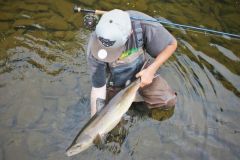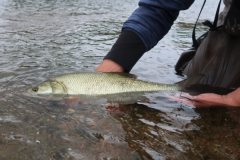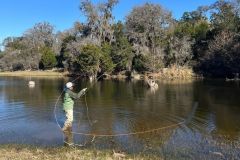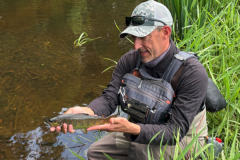Which positions to choose?
The first question to ask is where to fish and focus my efforts?
Whether from the shore or from a boat or float tube, pike will be posted in certain areas more frequently than in others and it is important to quickly find this area.
At the beginning of the season, pikes are often still in the edges and not far from the breeding areas. These are therefore the first sectors to prospect. Bays, edges rich in aquatic vegetation, water inlets, and areas where you know that the pikes of your pond or lake will spawn. If there are deeper areas nearby, even better. Sometimes pike will move down to a warmer layer of water at night and move up to the edges and shallows to feed during the day.
If the sun comes to warm this area (important at the beginning of the season), and that the wind pushes the food on your post, it is even more interesting. Also, watch the surface of the water for whitefish activity or even hunting.
You should also choose the warmest periods, as the waters are still cold at the beginning of the season.

What strategy to adopt?
In terms of strategy, you can insist on certain areas you know to find active pike. Knowing that their activity is reduced at the beginning of the season, but at some point, the fish should feed.
In this case, you should concentrate on favorable areas, which you are used to fishing at this time of year on your favorite body of water, either by looking for areas as described above.
The second option is to beat the ground and do what is called power-fishing to find postured and/or aggressive fish. This technique is well known especially in boats, but can be practiced from the shore. It allows to find areas where forage fish and predators are concentrated and feeding.
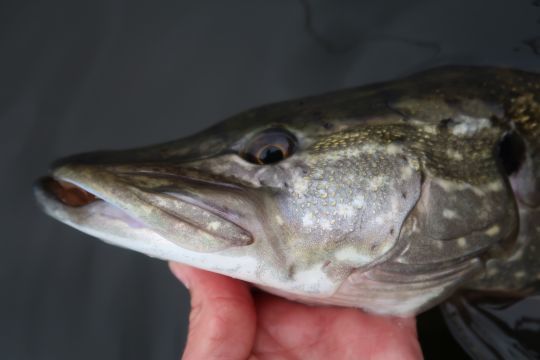
Adapting to conditions
If after this first phase, nothing happens, you may have to question your choices in terms of line density, flies, animations and retrieval speed.
It is absolutely necessary to try different silks, in particular in floating for the edges, but also in intermediate, even to seek deeper zones and to try in plunging if need be (rarely the case, but sometimes that can make the difference).
The colors of the flies and their size can also be decisive and it is necessary to alternate between "flashy" flies and natural flies imitating the "local" food: roach, rotengle, perch or bleak. Large flies that grow out of the water are sometimes essential to trigger pikes by increasing the vibrations emitted in the water that Sir Lucius detects with his sensory pores and his lateral line.

Find areas where whitefish are active and making gobbles and eddies. The carnivores should not be far away.
Next, you need to animate your fly differently to find what will trigger the hits. Slow and gliding animation, stop and go, jerking, very fast and jerky animation, etc.
By carrying out these different tests, you should at some point generate hits and thus refine your tactics and technique to catch your first pikes of the season.
